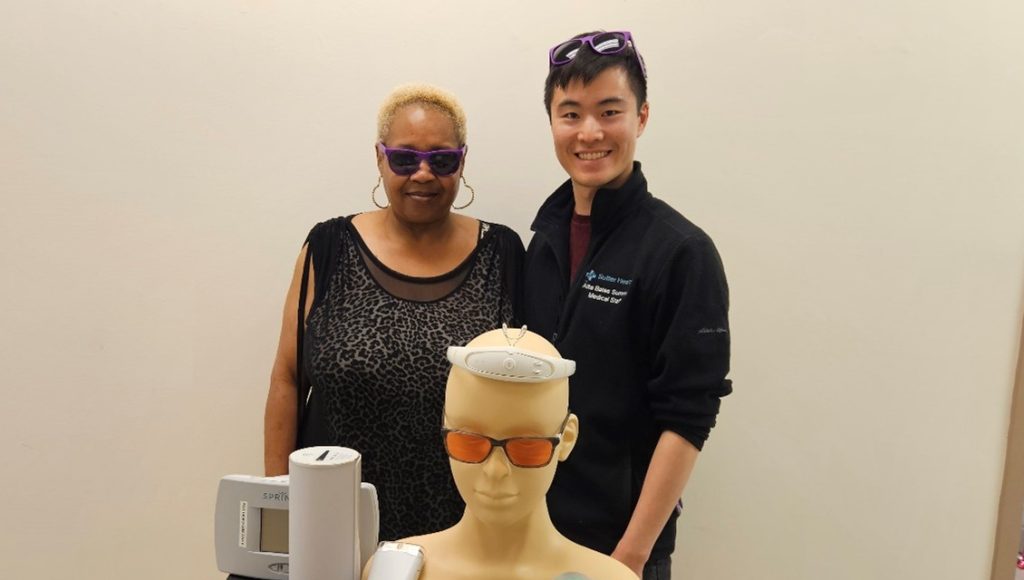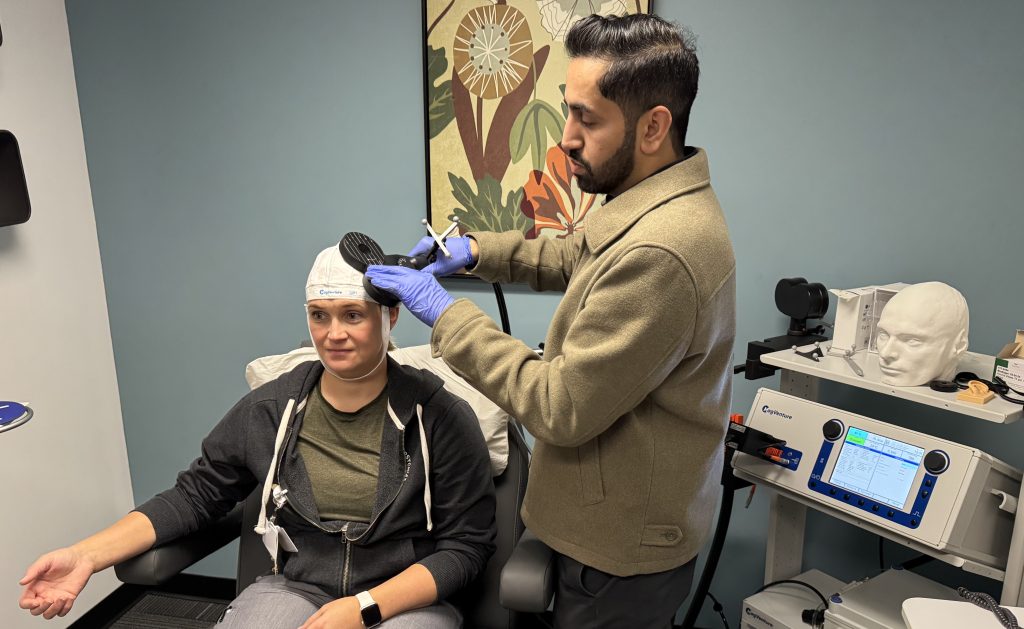Su-Ying Liang, Ph.D.; Cheryl D Stults; Veena G Jones, M.D.; Qiwen Huang; Jeremy Sutton; Guy Tennyson; Albert S Chan, M.D., M.S.
JMIR Hum Factors 2022;9(1):e34090
View the Study on JMIR Publications here.
ABSTRACT:
Background: Behavioral economics–based techniques have been an increasingly utilized method in health care to influence behavior change by modifying language in patient communication (through choice architecture and the framing of words). Patient portals are a key tool for facilitating patient engagement in their health, and interventions deployed via patient portals have been effective in improving utilization of preventive health services.
Objective: We examined the impacts of behavioral economics–based nudge health maintenance reminders on appointment scheduling through a patient portal and appointment completion for 2 preventive services: Medicare wellness visits and Pap smear.
Methods: We conducted a retrospective observational study using electronic health record data from an integrated health care system in Northern California. Nudge health maintenance reminders with behavioral economics–based language were implemented for all sites in November 2017 for Medicare wellness visits and for selected sites in February 2018 for Pap smears. We analyzed 125,369 health maintenance reminders for Medicare wellness visits, and 585,358 health maintenance reminders for Pap smear sent between January 2017 and February 2020. The primary outcomes were rate of appointments scheduled through the patient portal and appointment completion rate. We compared the outcomes between those who received the new, behavioral economics–based health maintenance reminders (the nudge group) and those who received the original, standard health maintenance reminders (the control group). We used segmented regression with interrupted time series to assess the immediate and gradual effect of the nudge for Medicare wellness visits, and we used logistic regression to assess the association of nudge health maintenance reminders, adjusting for the propensity to receive a nudge health maintenance reminder, for Pap smear.
Results: The rates of appointments scheduled through the patient portal were higher for nudge health maintenance reminder recipients than those for control health maintenance reminder recipients (Medicare wellness visits—nudge: 12,537/96,839, 13.0%; control: 2,769/28,530, 9.7%, P<.001; Pap smear—nudge: 8,239/287,149, 2.9%; control: 1,868/120,047, 1.6%; P<.001). Rates of appointment completion were higher for nudge health maintenance reminders for Pap smear (nudge: 67,399/287,149, 23.5% control: 20,393/120,047, 17.0%; P<.001) but were comparable for Medicare wellness visits (nudge: 49,835/96,839, 51.5% control: 14,781/28,530, 51.8%; P=.30). There was a marginally gradual effect of nudge on number of appointments scheduled through the patient portal for the overall Medicare wellness visits sample (at a monthly rate of 0.26%, P=.09), and a significant gradual effect among scheduled appointments (at a monthly rate of 0.46%, P=.04). For Pap smear, nudge health maintenance reminders were positively associated with number of appointments scheduled through the patient portal (overall sample: propensity adjusted odds ratio [OR] 1.62; 95% CI 1.50-1.74; among scheduled appointments: propensity adjusted OR 1.61, 95% CI 1.47-1.76) and with appointment completion (propensity adjusted OR 1.07; 1.04-1.10).
Conclusions: Nudges, a behavioral economics–based approach to providing health maintenance reminders, increased the number of appointments scheduled through the patient portal for Medicare wellness visits and Pap smear. Our study demonstrates that a simple approach—framing and modifying language in an electronic message—can have a significant and long-term impact on patient engagement and access to care.





